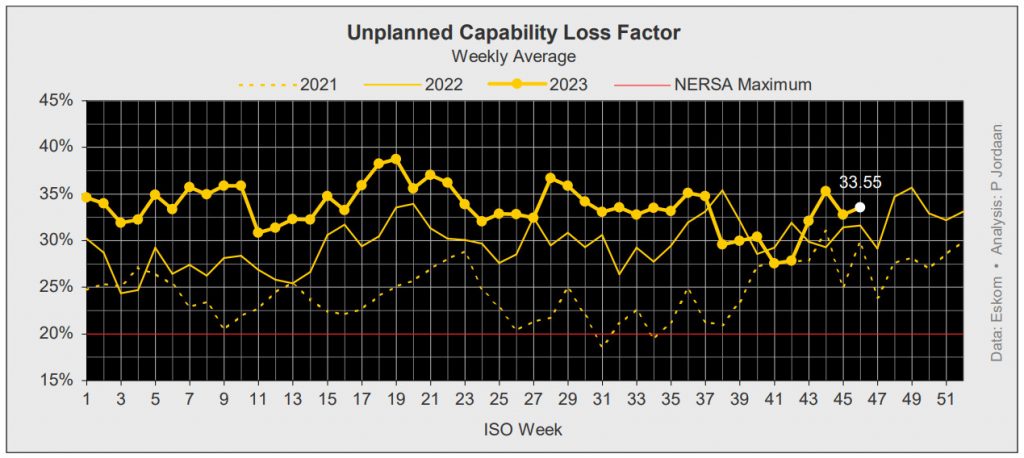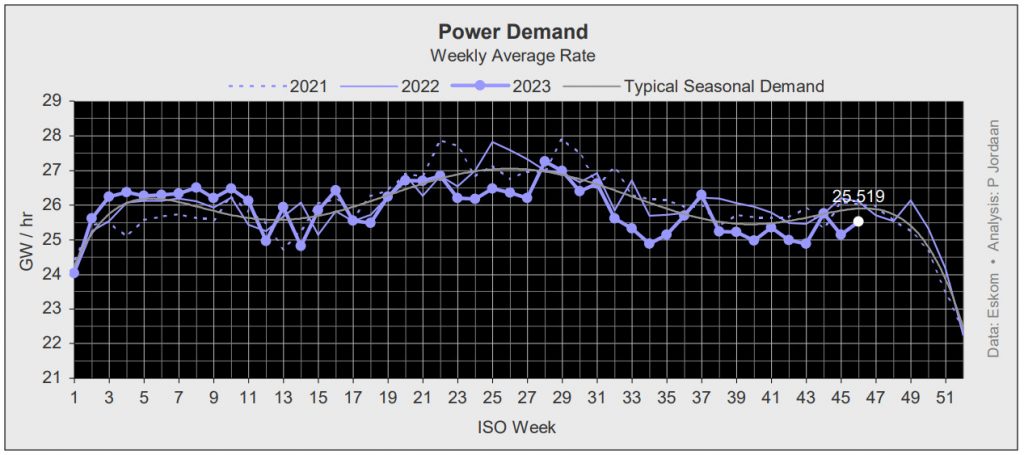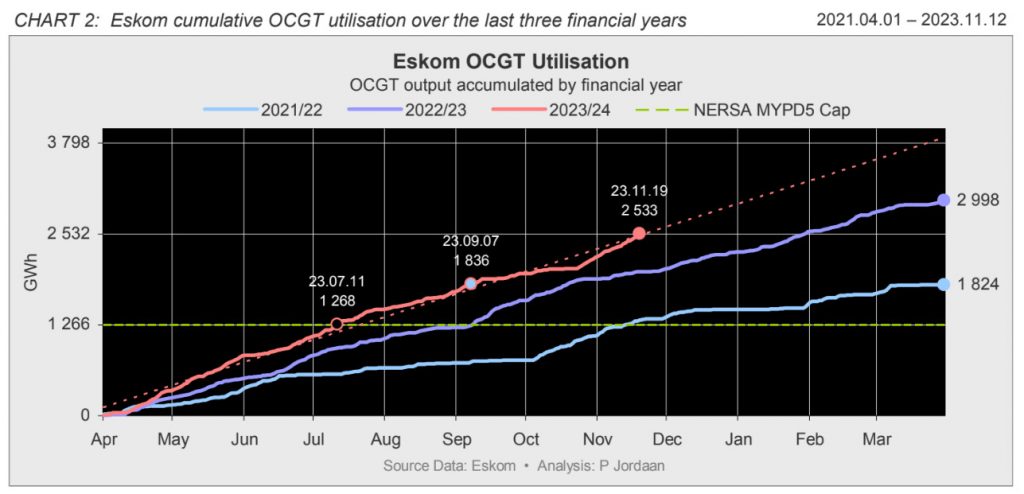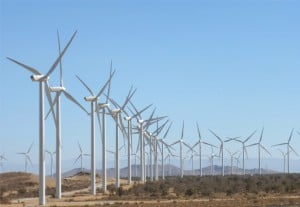Why load shedding is back to stage 6

Minister in the presidency for electricity, Kgosientsho Ramokgopa says that stage 6 load has been implemented because Eskom has run through its emergency reserves.
Eskom announced on Friday (24 November) that load shedding would suddenly shift to stage 6, after the country had spent much of the week between stage 2 to stage 4.
Stage 6 load shedding is now expected to be in effect until Monday morning (27 November).
In a media briefing on Friday, the minister said that power utility Eskom has been using its emergency reserves to keep load shedding at bay during periods of heightened outages.
He stressed that load shedding wasn’t intensified due to further breakdowns, noting that the current unplanned outages (UCLF) is within “normal” ranges. He said there was no excuse for outages and does not want to normalise load shedding, but said that breakdowns did not accelerate on Friday.
“It is not explained by the UCLF, it is explained by (the expending of the emergency reserves). As we are depleting them – these reserves perform a very important function in protecting the grid – if things were to go bad we draw from these reserves.”
He said that the reserves were being replenished, and that units that were out will be returned.
Contrary to the minister’s statement, however, the latest data on Eskom’s plant performance shows that unplanned outages have, in fact, increased over the last few weeks.

Analysis of the data shows that load shedding has only been kept at bay thanks to lower demand and lower planned maintenance – both of which have trended upwards.
For example, Eskom anticipates energy demand at around 27,500 MW on Friday – about 2,000MW more than last week.
Explaining the uptick in demand, Eskom noted that aircon use has ramped up as a heatwave has hit much of the country.

Eskom’s diesel problem
Another view on the move to stage 6 comes from the power utility’s excessive use of its open cycle gas turbines (OCGT), which have been burning through diesel at unsustainable levels and may have forced Eskom to escalate outages due to supplies running low.
According to independent energy analyst Pieter Jordaan,Eskom’s OCGT utilisation rate for the last week was 40% – and on Sunday, 19 November, it was 63%. This is far above the 6% mark allowed for by energy regulator Nersa.
“Most of Sunday’s OCGT generation was used to replenish pumped storage, adding a 33% premium (due to the inherent energy losses of pumping) to the near R7 per kWh cost,” he said,
“At these rates, the utility will run out of diesel supplies and may be forced to ramp up load shedding, should the high breakdown levels (33.6% for Week 46) persist.”

Eskom’s use of OCGTs has already spared the country some load shedding, with the group significantly ramping up the burning of diesel during the much-celebrated nine-day load shedding suspension in October.
However, Jordaan noted that this strategy comes at a significant cost.
In Eskom’s fifth multi-year price determination (MYPD5), Nersa capped output from Eskom’s OCGTs at 1,266 GWh or R8.4 billion for the 2023/24 financial year.
“So far, Eskom has produced 2,533 gigawatt hours of energy from OCGT at an estimated cost of R16.9 billion (Nersa estimate of R6.67 per kWh).
“The utility spent around R1 billion on OCGT to produce 3.5% of this week’s energy output. Coal generation, which supplied 76% of the week’s energy output, cost around R1.7 billion,” Jordaan said.
Read: Eskom is in trouble



















